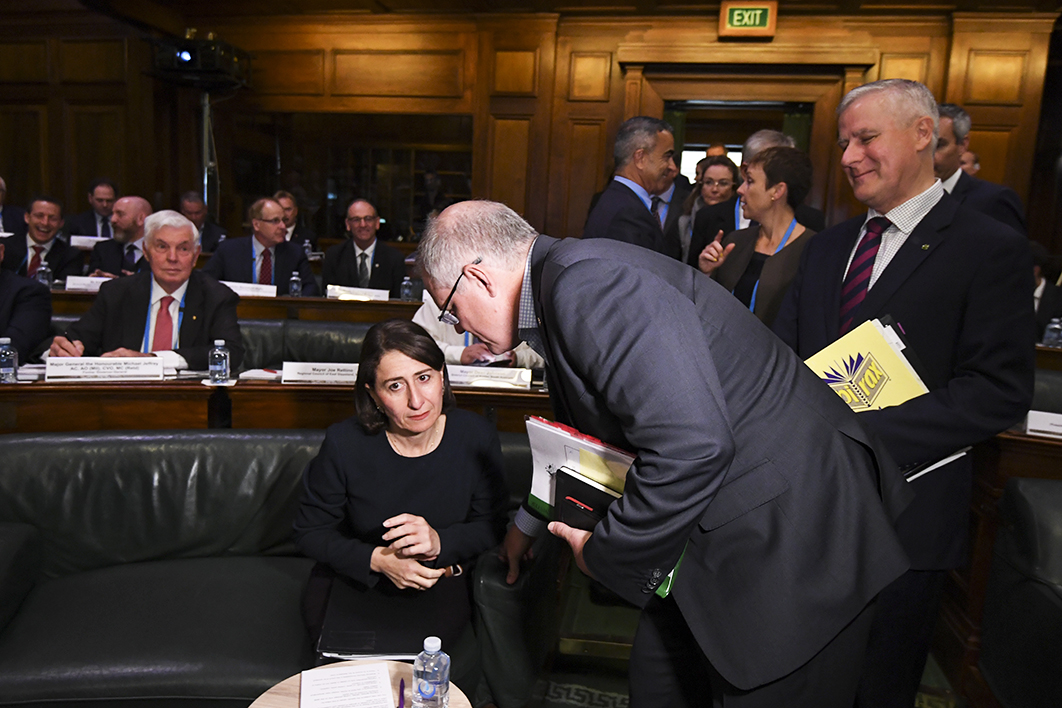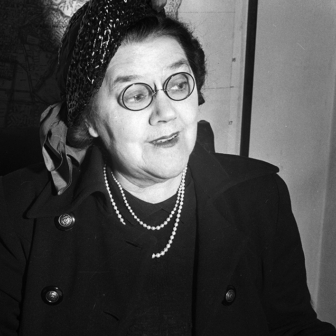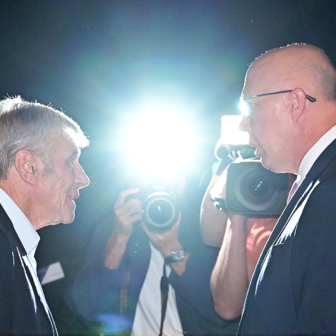NSW premier Gladys Berejiklian says the state’s economic success is attracting a “far greater” share of immigrants than in the past. She has set up a three-member panel to look at the options to reduce migration to the state.
Like migration to Australia as a whole, net overseas migration to New South Wales has increased steadily this decade. In fact, it has doubled since it was 51,680 in 2010–11, and stood at 104,480 in 2016–17. And the premier is correct to say that the state’s share has gone up — from nearly 30 per cent to nearly 40 per cent.
But the rate of increase was relatively steady and should have been planned for, especially as the key drivers of the increase — students, visitors and offshore humanitarian entrants — were the result of federal government policy announcements.
Puzzlingly, none of the state governments ask the Commonwealth for detailed forecasts of net migration to their state. Yet this kind of information is vital for planning infrastructure and service delivery. It is even more disappointing that the Commonwealth doesn’t provide these forecasts as a matter of course, regularly updating them with policy changes and new data.
Adding to the confusion are the frankly silly word games federal ministers have played this year about whether the annual figure for migration is a “ceiling” or a “target.” It’s time for the states to insist that the federal government provides detailed migration program targets by visa category for each state.
What we now know for certain is that the Commonwealth has reduced migration numbers for 2017–18 and beyond. The addition of an estimated 262,000 people to Australia’s population from net overseas migration, which we saw in 2016–17, is unlikely to be matched any time soon. Indeed, I estimate that net overseas migration is likely to fall in the range of 150,000 to 200,000 per annum over the next few years. And because the Commonwealth aims to increasingly direct the intake away from major cities, the reductions will affect Sydney more significantly than the headline figures suggest.
Two of the three key drivers of the fall in numbers will affect Sydney in particular — an increase in departures among student and temporary graduates and a fall in offshore humanitarian entrants. More students are likely to leave after they graduate or after their post-study temporary visa expires, simply because the Commonwealth has made it harder for them to gain permanent residence. The abolition of the former sub-class 457 visa will also push down the number of skilled workers on temporary resident visas.
As a result, New South Wales can expect net overseas migration of between 50,000 and 80,000 each year over the next few years. The question the NSW government needs to consider is whether it wants to accelerate that decline. If so, what are the likely consequences?
There’s one other important question: does the NSW government want to reduce numbers to the Sydney region only, or to the whole of the state? An approach that does the former would need to take account of the very different needs of regional New South Wales. Even then, it isn’t straightforward: reducing overseas migration to Sydney could accelerate migration from the regions to Sydney as city employers seek to meet their needs from other parts of the state and the rest of the country.
What is often forgotten is that international student policy has driven the overall number of arrivals over the past twenty years — both because of a rise in the number arriving and a rise in the number allowed to stay on as temporary and/or permanent residents. In recent years, students have represented around 40 per cent of net overseas migration to Australia at large, and a similar proportion for New South Wales. International education is Sydney’s largest source of export income and a significant source of budget income for both federal and state governments.
Changes already made to employer-sponsored temporary and permanent entry will force many students to depart earlier. Is the NSW government hoping to accelerate those departures? Reduce the flow of overseas students to the Sydney region is certainly possible — by increasing minimum selection criteria in areas such as English-language skills, for instance, or entrance scores for particular universities — but educational institutions would fiercely oppose such changes.
Yet precedents exist for favouring overseas students who have studied outside the major capital cities. If New South Wales wants to further reduce numbers, it could withhold from overseas students who study in the Sydney region the bonus points they would normally receive for having studied in Australia. These students could also be barred from access to the post-study temporary graduate visa (perhaps excluding those who have completed post-graduate research).
The risk is obvious. Measures like these would put educational institutions in Sydney at a significant disadvantage, especially compared to their counterparts in Melbourne, Brisbane and Perth. A sharp reduction in the number of overseas students in the Sydney region would hurt businesses in university precincts, not to mention the universities themselves. Is putting Sydney at a disadvantage in relation to Melbourne in this way a good move for the state government?
One other thing: overseas students have been critical to slowing the rate of population ageing in Australia, and especially in the central business districts of Australian cities. The median age of the population in the Sydney LGA is just thirty-two, thanks largely to its sizeable population of overseas students. This compares to the median age for Australia as a whole of thirty-seven, and for developed economies as a whole of over forty-one. A faster rate of ageing carries substantial net costs that the NSW government would need to consider.
If the premier and her colleagues are set on reducing new overseas migration they could also consider pressing their federal counterparts to look at other options: refusing to sponsor any more business migrants to the Sydney region; restricting the work rights of working holiday-makers to areas outside Sydney; requiring the sponsors of parent migrants who live in Sydney to make a larger financial contribution than sponsors in other parts of Australia; or excising the state from the scheme that allows state/territory governments to sponsor skilled migrants.
The risk in taking up too many of these measures is that net overseas migration to Sydney may fall much faster than intended. The flow-on risks to the state economy would be substantial.
Given that numbers are already set to decline, perhaps the best approach at this stage may simply be to press the Commonwealth to be much more transparent about immigration policy by revealing its detailed targets for the migration program and forecasts for net overseas migration. The arrival of the new immigration minister, David Coleman, is an ideal time for such transparency. •




